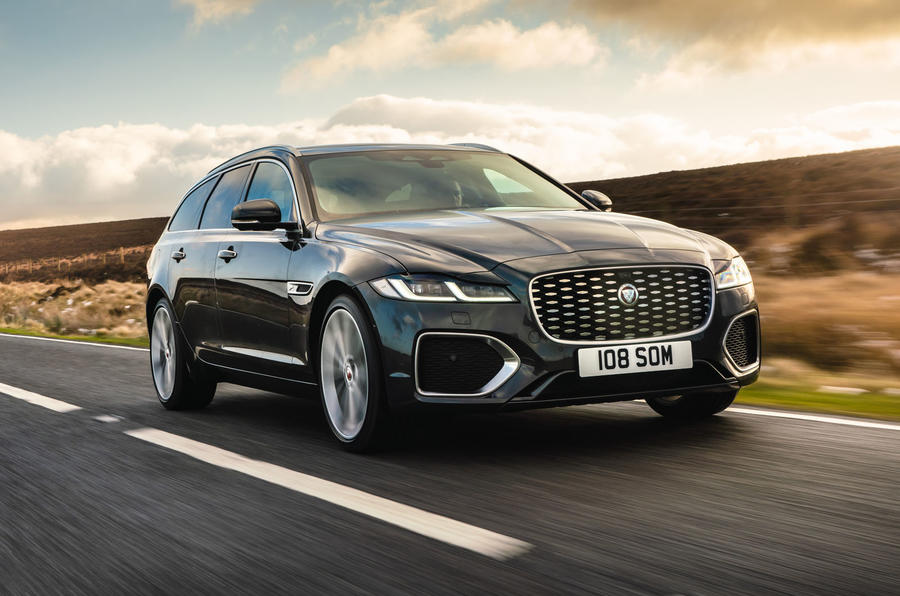What is it?
The recent rationalisation of Jaguar’s XF has cut prices in eye-catching fashion. As you may have read elsewhere, there are now only three engine options available and four trim levels, in addition to the choice between four-door saloon and five-door estate bodystyles.
Never mind an equivalent Audi A6 or similar, though: the mid-level, mild-hybrid XF D200 diesel wagon we’re looking at here is more than £5000 cheaper than a like-for-like Audi A4 Avant in TDI S line quattro trim at list price. Don’t expect a discount on the Jag, mind you. With this realignment, the firm says, the price you see is the one you’ll pay - but, thankfully, it sounds as though you won’t mind that too much.
Has Jaguar finally got this car’s specification and position right, then, just as so many fleet drivers are wedded to living their motoring lives in high-riding SUVs, and others are moving into electrified options? We’ll see. There’s certainly no plug-in hybrid model in the XF range, and the word is that there isn’t one coming, either. Still, Jaguar is anticipating plenty of interest from fleet drivers opting out of their company schemes with car allowances, and from those simply buying with their own money. And exactly how long those options remain financially viable on a combustion-engined car like this isn’t something that’s in Jaguar’s control, so the company is probably right not to worry about it anyway.
The 2.0-litre four-cylinder Ingenium diesel powering our test car is the most economical and the cheapest engine in the new XF range, for which is claimed a WLTP combined fuel economy of up to 54.2mpg (D200 RWD Sportbrake) and CO2 from 137g/km.




























































Join the debate
Add your comment
Clearly, there is a lot wrong with people.
Autocar your comments section is rubbish...rejects all my text when I quote and reply to comment....and all the pop up adverts hiding the text I am writing
Poor and disappointing.
The F-Pace is a great car. Jaguar's best seller I believe but it shows how far the SUV madness has gone. This XF Estate is mechanically similar, sleeker, faster, more economical and cheaper. What's wrong with people?
The price adjustment should do wonders for the residuals of my '68 plate. Thanks, Jaguar - there's nothing like peeing off existing customers for possible newcomers...